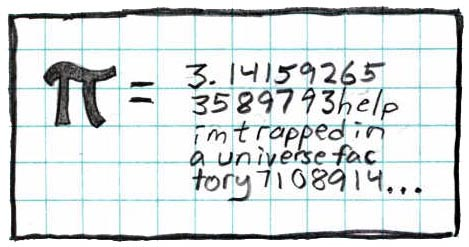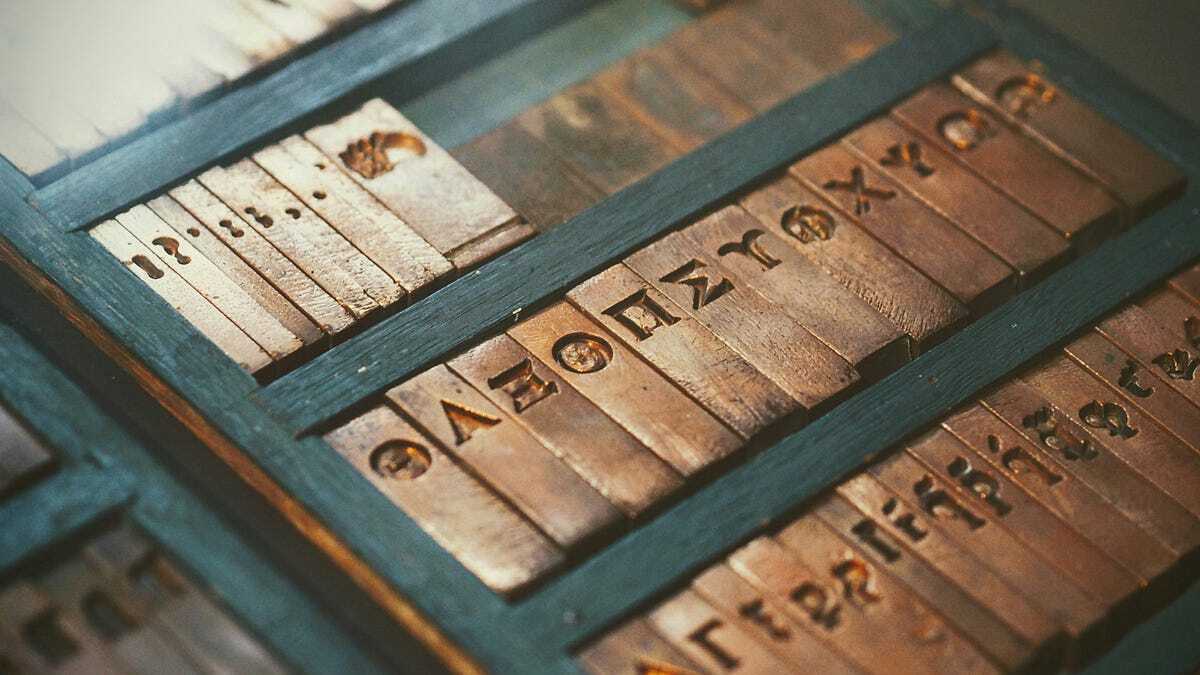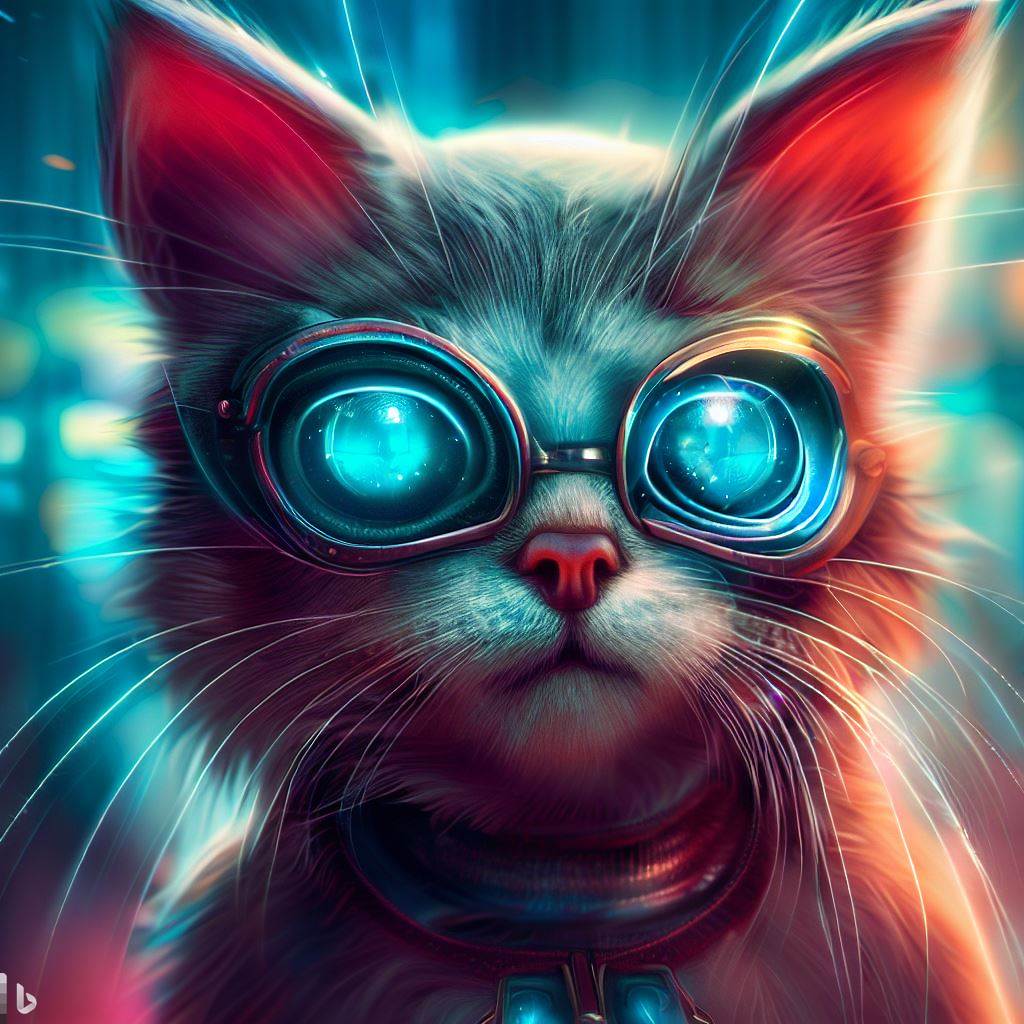Including relevant XKCD as demanded by internet law: https://xkcd.com/10/

Oooh, a rare two-digit.
Eating the onion is sure popular today!
they didn’t?
If pi is truly infinite, then it contains all the works of Shakespeare, every version of Windows, and this comment I’m typing right now.
That’s not how it’s works. Being “infinite” is not enough, the number 1.110100100010000… is “infinite”, without repeating patterns and dosen’t have other digits that 1 or 0.
to be fair, though, 1 and 0 are just binary representations of values, same as decimal and hexadecimal. within your example, we’d absolutely find the entire works of shakespeare encoded in ascii, unicode, and lcd pixel format with each letter arranged in 3x5 grids.
Doesn’t, the binary pattern 10101010 dosen’t exists on that number, for example.
You can encode base 2 as base 10, I don’t think anyone is saying it exists in binary form.
Well it’s infinite so it has to I guess
Does this count:

No, because you can’t mathematically guarantee that pi contains long strings of predetermined patterns.
The 1.101001000100001… example by the other user was just that - an example. Their number is infinite, but never contains a 2. Pi is also infinite, but does it contain the number e to 100 digits of precision? Maybe. Maybe not. The point is, we don’t know and we can’t prove it either way (except finding it by accident).
Actually, there’d only be single pixels past digit 225 in the last example, if I understand you correctly.
If we can choose encoding, we can “cheat” by effectively embedding whatever we want to find in the encoding. The existence of every substring in a one of a set of ordinary encodings might not even be a weaker property than a fixed encoding, though, because infinities can be like that.
If it’s infinite without repeating patterns then it just contain all patterns, no? Eh i guess that’s not how that works, is it? Half of all patterns is still infinity.
No. 1011001110001111… (One 1, one 0, two 1s, two zeros…) Doesn’t contain repeating patterns. It also doesn’t contain any patterns with ‘2’ in it.
But pi is believed to be normal. https://en.m.wikipedia.org/wiki/Normal_number
So it should contain all finite patterns an infinite number of times.
However, as the name implies, this is nothing special about pi. Almost all numbers have this property. If anything, it’s the integers that we should be finding weird, like you mean to tell me that every single digit after the decimal point is a zero? No matter how far you go, just zeroes forever?
Not, the example I gave have infinite decimals who doesn’t repeat and don’t contain any patterns.
What people think about when said that pi contain all patters, is in normal numbers. Pi is believed to be normal, but haven’t been proven yet.
An easy example of a number who contains “all patterns” is 0.12345678910111213…
In some encoding scheme, those digits can represent something other than binary digits. If we consider your string of digits to truly be infinite, some substring somewhere will be meaningful.
One of the many things I loved about Sagan’s Contact is that, at the end, they found a pattern in pi when put into base 13. He didn’t really go into it as it was the end of the book, but I really wish he’d survived to write a sequel.
Yes that’s why they specified pi.
This person doesn’t understand infinity. Don’t feel bad, no one really does, it sort of breaks our brains.
shaves the sphere down with a sculptor’s knife
There. 3.1416. Not perfectly round but it’ll bake in the oven just fine.
I ate The Onion
Tbf I’ve heard crazier things which have ended up being true in the past week alone…
Microsoft sues the Library of Babel
“I may be a staunch atheist,” said Richard Stallman, creator of the GNU + Linux operating system and self-proclaimed architect of the modern world, “but any decent analysis in comparative religion would conclude that the universe is a copyleft creation, thereby pi should automatically fall under the terms of the GNUv3 license.”
Lol, he would actually say that
This just in: Measurements are now limited to ~3M decimals.
Science is ruined!
Welp, time for quectoquectoquectoquectoquectometers.
Actually, a plank length seems to be 10 microquectometers, so my first guess might only be necessary for interpretation of the world, and not physical accuracy.
And I thought that was a measuring unit for ducks
There’s no way the copyright office is actually going to approve this right?
I think this is satire. Poe’s law is stronger than ever
deleted by creator
According to Dr. Calibri, there’s a 99.9999% chance they will approve it :)
Omg. Calibri… Didnt catch that the first time around lol










